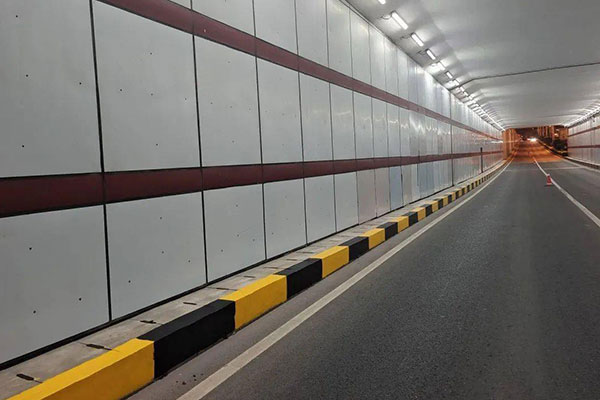Ways to Mark Curb Painting Lines
Curb painting lines play a vital role in traffic management, parking control, and safety visibility. Whether for city streets, parking lots, or private properties, marking curbs properly ensures clear communication between drivers, pedestrians, and maintenance teams. Choosing the right curb marking method depends on factors such as surface type, paint durability, weather conditions, and project scale.
In this article, we’ll explore the most effective ways to mark curb painting lines, including manual, mechanical, and stencil-based techniques — along with practical tips for achieving long-lasting results.

1. Hand Painting with Brushes or Rollers
The simplest and most cost-effective method is manual curb painting using high-quality brushes or rollers.
How it works:
- Clean the curb surface to remove dirt, dust, and oil.
- Use masking tape to outline the paint area.
- Apply reflective or durable outdoor paint with a brush or roller.
Advantages:
- Low-cost setup
- Easy to control detail and precision
- Ideal for small projects or touch-ups
Disadvantages:
- Labor-intensive
- Slower application
- Inconsistent line thickness if not carefully done
This method is best for small parking lots or residential areas where fine details matter more than speed.
2. Using Curb Painting Machines
For larger projects, curb painting machines offer faster and more consistent results. These machines can be manual push-type or self-propelled, designed to evenly spray paint along the curb edge.
How it works:
- Load traffic-grade paint into the hopper or tank.
- Adjust the spray nozzles to the required width.
- Guide the machine along the curb for uniform coverage.
Advantages:
- Professional and uniform lines
- Time-saving and efficient
- Adjustable line width and spray control
Disadvantages:
- Requires initial equipment investment
- Needs operator training
Curb painting machines are widely used by municipal contractors, road maintenance teams, and parking lot operators.
3. Stencil and Template Marking
Stencils are a great way to ensure consistent shapes and lettering for curb painting, especially when marking zones, numbers, or reserved areas.
How it works:
- Secure metal or plastic stencils onto the curb.
- Apply paint by spray or brush.
- Remove the stencil carefully before the paint dries.
Advantages:
- Highly consistent results
- Ideal for symbols, letters, and color codes
- Easy to replicate across multiple sites
Disadvantages:
- Slower for long, continuous lines
- Needs frequent cleaning of stencils
Stencil marking is perfect for curb identifiers, fire lanes, and loading zones where clarity and uniformity are essential.
4. Tape and Preformed Marking Materials
Another convenient option is preformed marking tape, available in reflective and non-reflective types. These are pressure-sensitive materials that adhere firmly to concrete or asphalt surfaces.
How it works:
- Clean and dry the curb surface.
- Peel and apply the tape along the desired area.
- Press firmly for proper adhesion.
Advantages:
- Quick application
- No drying time
- Clean edges and uniform lines
Disadvantages:
- Limited durability under extreme weather
- May peel over time if not properly applied
This method is great for temporary markings, events, or quick repairs.
Best Practices for Curb Painting Lines
- Clean the surface thoroughly before painting to ensure adhesion.
- Use reflective or UV-resistant paint for better visibility and longer life.
- Mark in good weather conditions (dry, moderate temperature).
- Follow local regulations for color and marking standards.
- Apply a primer or sealer if working on rough or porous surfaces.
Conclusion
Choosing the right method to mark curb painting lines depends on your project scale, budget, and durability requirements. From simple hand-painting to mechanical, each technique offers unique benefits for achieving professional, long-lasting curb markings.
If you’re looking for curb painting equipment or road marking machines, you can contact us directly for more information.

